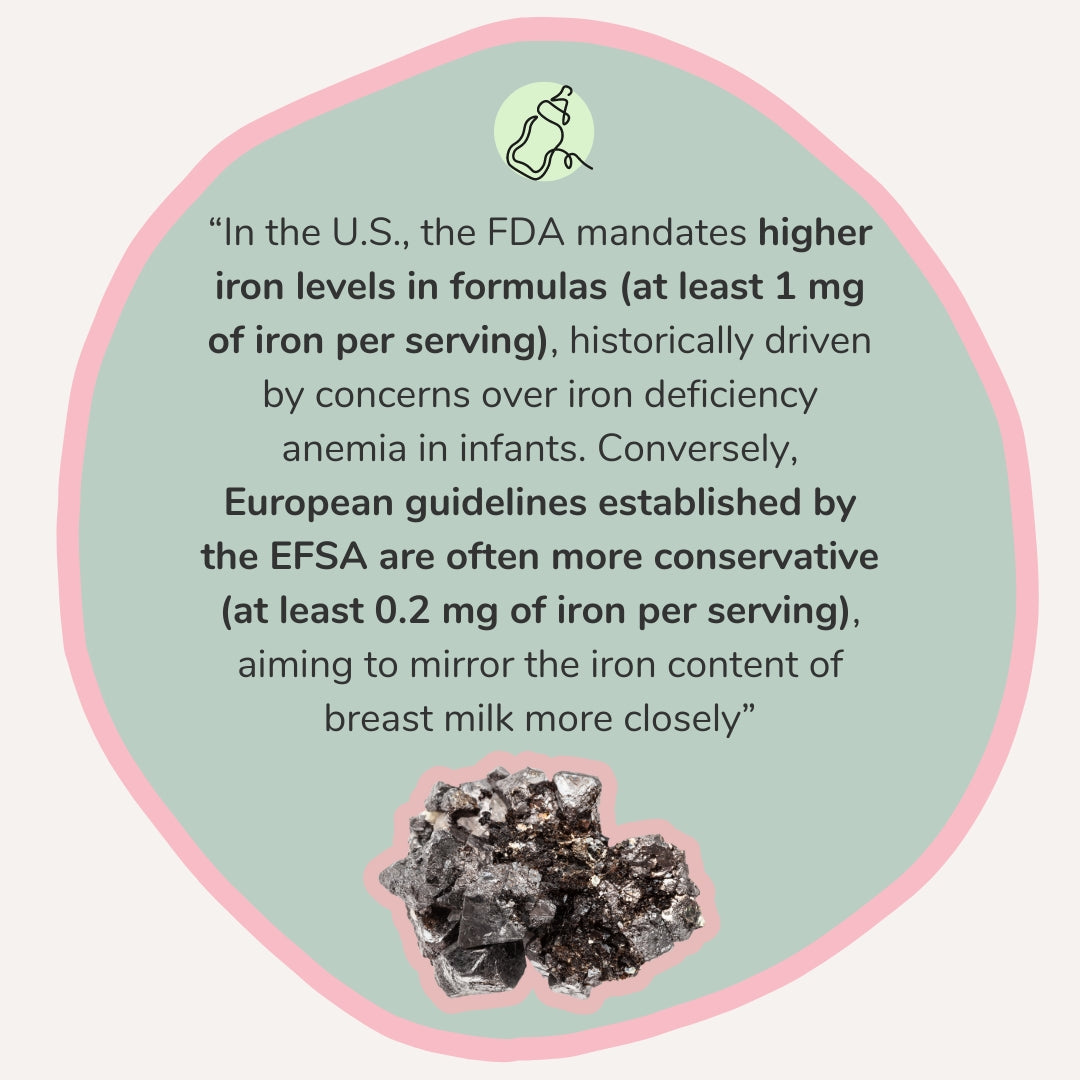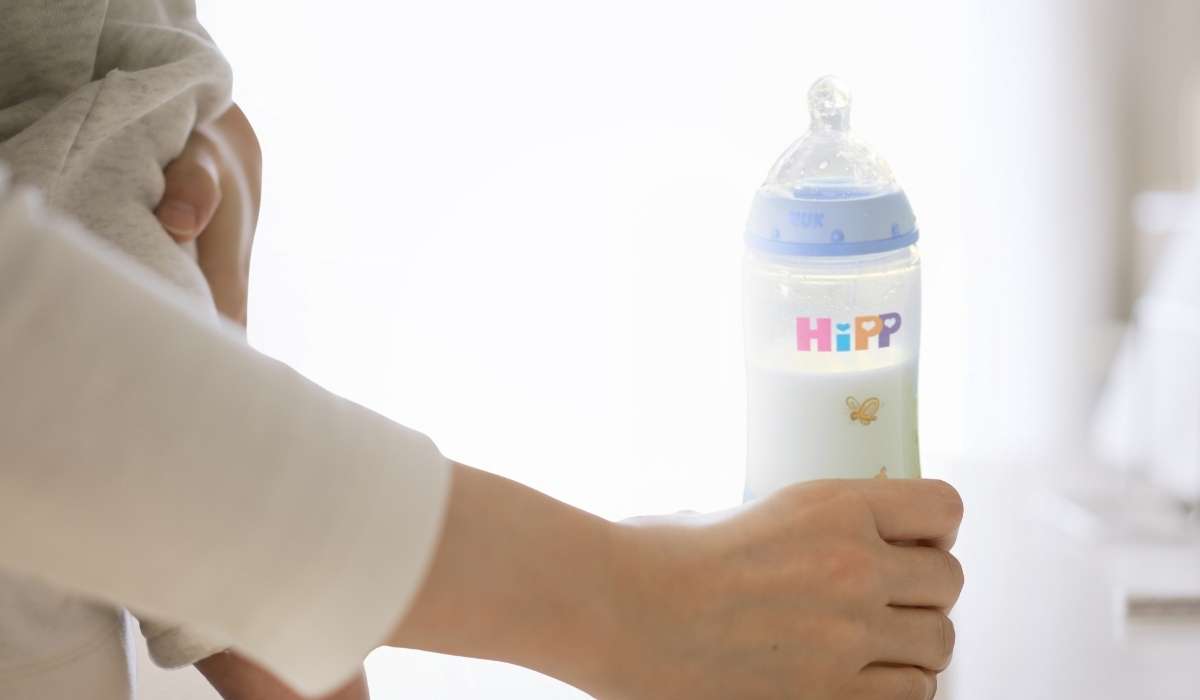The word "organic" keeps popping up everywhere these days. And that's good news! It means more and more people are developing an interest in a more natural lifestyle. The same rule applies to baby formulas: health-conscious parents are looking to Europe to find clean, organic nutrition for their little ones!
But what's hiding behind those organic labels? And how is the European Union organic farming different from the US? Join us as we unravel the mysteries behind organic production, simplify the main differences between the EU and the US organic agriculture, and offer insights that can help you determine the best place to shop for organic food from!
Contents
- Organic Production Standards: The EU vs. the US
- Iron Content in Baby Formulas: The EU vs. the US
- Heavy Metals in Baby Formula: The EU vs. the US
- Advantages of EU Organic Formulas
- Frequently Asked Questions About EU and US Organic Farming Standards
-
Wrapping Up: How is The European Union Organic Farming Different from the US?
Organic Production Standards: The EU vs. the US
To understand the organic food market and its requirements, we need to look into organic production in both Europe (EU) and the US. Their policies can differ in several ways, which may affect the quality of organic products. So, let's start by covering EU rules on organic farming!
European Organic Standards

In the EU, organic agriculture must follow more sustainable farming practices, such as preserving natural resources, safeguarding biodiversity, and following strict animal welfare standards. More specifically, European organic production demands the following standards:
-
At least 95% of ingredients must be organic to quality for organic certification
-
Crops are rotated regularly
-
GMOs are forbidden
-
Synthetic fertilizers and chemical pesticides are strictly limited
-
Animals are fed a diet of organic feed
-
Antibiotics are only used when strictly necessary for animal health
-
Growth hormones are prohibited
To ensure these standards are being upheld, European organic farms and all operators through the food supply must be checked by control bodies at least once a year. This means that not only farmers but also processors, traders, and importers must follow European organic standards!
American Organic Standards
Unlike Europe, the U.S. has a tiered system of organic labeling, which can sometimes be a bit perplexing. Here's a breakdown of the different organic labels you might encounter on products based on official USDA regulations:
-
"100% Organic":
-
This is the gold standard! Products with this label are made entirely of certified organic ingredients.
-
Eligible for the USDA organic seal.
-
-
"Organic":
-
These products contain at least 95% organic ingredients.
-
The remaining 5% can be non-organic, but only if the ingredient isn't available in organic form and is on an approved list.
-
Also eligible for the USDA organic seal.
-
-
"Made with Organic [Ingredient or Food Group]":
-
Products in this category have at least 70% organic ingredients.
-
The label can specify up to three of the organic ingredients or ingredient categories.
-
Cannot use the USDA organic seal, but they can display the logo of the certifying agent.
-
-
Specific Ingredient Listings:
-
For products with less than 70% organic content, they can't use the term "organic" on the main display panel. However, they can identify specific ingredients that are USDA-certified as being organic in the ingredient list.
-
These products can't display the USDA organic seal or the certifying agent's logo.
-
-
Grass-fed vs. Organic:
-
A separate note: "Grass-fed" and "organic" are not synonymous! While the organic label ensures animals are fed organic feed without synthetic hormones or antibiotics, "grass-fed" refers to their diet. There are separate certifications for grass-fed products, so always check the label's fine print!
-
Key Differences: EU vs US Organic Principles
The following section provides a brief overview of the differences in national organic standards in Europe and the US.
-
Certification:
-
EU: Overseen by the European Commission with individual member states designating control bodies for inspections in the organic market.
-
US: Managed by USDA's National Organic Program (NOP).
-
-
GMOs:
-
EU:GMOs are strictly prohibited in organic farming.
-
US: GMOs are prohibited in the production of organic food by the NOP.
-
-
Antibiotics and Hormones in Organic Foods:
-
EU: Antibiotics are only permissible if deemed necessary for animal health, and hormones for growth promotion are strictly prohibited.
-
US: No antibiotics in organic food; hormones prohibited for poultry and pigs.
-
-
Pesticides in Organic Products:
-
EU: Organic products are restricted to certain naturally derived pesticides.
-
US: NOP provides an allowed and prohibited list of substances for organic agriculture.
-
-
Animal Welfare in Organic Agriculture:
-
EU: Organic agriculture emphasizes natural behavior, outdoor access, and general welfare with species-specific regulations.
-
US: Livestock must have outdoor access with less prescriptive welfare standards.
-
Iron Content in Baby Formulas: The EU vs. the US
 Iron is an essential nutrient for babies; it's necessary for hemoglobin production, which is responsible for carrying oxygen in blood cells to all parts of one's body. Iron also contributes greatly to proper neurological development in babies and young children. As such, infant nutrition standards stipulate a minimum iron content that formulas must contain. However, this number varies between Europe and the US.
Iron is an essential nutrient for babies; it's necessary for hemoglobin production, which is responsible for carrying oxygen in blood cells to all parts of one's body. Iron also contributes greatly to proper neurological development in babies and young children. As such, infant nutrition standards stipulate a minimum iron content that formulas must contain. However, this number varies between Europe and the US.
In the U.S., the FDA mandates higher iron levels in formulas (at least 1 mg of iron per 100kcal), historically driven by concerns over iron deficiency anemia in infants. Conversely, European guidelines established by the EFSA are often more conservative (at least 0.3 mg of iron per 100kcal), aiming to mirror the iron content of breast milk more closely.
Regardless of the region, it's vital for parents to consult with pediatricians to ensure their child's nutritional needs are met!
Heavy Metals in Baby Formula: The EU vs. the US
You've likely heard that heavy metals in food are bad news for babies. That's chiefly because exposure to heavy metals from a young age can affect brain development, leading to issues with cognition, learning, and behavior.
What you may be unaware of, though, is that it's nearly impossible to get rid of heavy metals completely as they are a natural part of our environment. That being said, it is possible to regulate the permissible traces of these toxins in organic food consumed by both babies and adults.
EU countries enforce strict rules when it comes to heavy metals. The heavy metal content is measured in mg per kilogram of the product’s wet weight. The allowed maximum levels of lead, cadmium, mercury, and arsenic in European foods are set intentionally low. For example, milk protein-based baby foods are allowed to contain no more than 0.005 mg of cadmium per kilogram.
In contrast, the FDA has established maximum allowable levels for certain heavy metals in infant formulas, but the specific allowable levels can vary depending on the metal in question. For instance, the FDA has set an interim reference level of 5 parts per billion (ppb) for inorganic lead in reconstituted infant formula. Levels above this might prompt the FDA to investigate or take action.
Advantages of EU Organic Formulas
 Choosing between organic infant formula from Europe and the USA is a personal decision influenced by various factors. However, there are certain benefits associated with EU organic infant formula:
Choosing between organic infant formula from Europe and the USA is a personal decision influenced by various factors. However, there are certain benefits associated with EU organic infant formula:
-
Organic Management: EU organic standards are guided by organic management practices that emphasize sustainability, biodiversity, and animal welfare. This comprehensive approach ensures that products, including infant formula, adhere to strict organic farming and production practices.
-
Expert Insight: Food systems experts understand that the EU places a strong emphasis on traceability and transparency. This means that every ingredient's source in the supply chain can be traced back, ensuring greater accountability in the product's organic claims.
-
EU Organic Distinction: The EU organic seal is a distinct mark that products have met the European Union's rigorous organic standards, which are sometimes different or more stringent than those of other regions.
While there are advantages to organic infant formulas from Europe, it's essential to understand that the best choice will always be subjective and based on individual preferences and recommendations from your pediatrician.
Frequently Asked Questions About EU and US Organic Farming Standards
Navigating the intricate world of organic farming standards can be challenging, especially when comparing two major regions: the European Union and the United States. Dive into our frequently asked questions to shed light on the key differences and their implications, particularly in the realm of baby formula!
Can I trust the organic label on baby formula products?
Yes, organic labels must abide by national food policies and are regulated by institutions such as the European Commission or USDA. Just remember to read up on the specific details of the certification because different labels have different standards!
How do EU and US organic farming standards impact the safety and quality of baby formulas?
Since the organic production requirements control the amount of chemicals and synthetic ingredients in baby formula, they directly impact what gets into your baby's bottle. Naturally, going organic can help to minimize exposure to these unwanted contaminants.
Why are European formulas not officially approved by the FDA?
The main reason why European formulas are not FDA-approved is because the US and European Union have slightly different nutritional requirements for baby formula, such as the iron levels we discussed above. Additionally, European brands use different labeling, which does not meet the FDA's bureaucratic standards.
Wrapping Up: How is The European Union Organic Farming Different from the US?
In closing, the European Union's strategy places a pronounced emphasis on the holistic approach to organic farming, prioritizing both animal health and the sustainable use of natural resources. This focus impacts the quality of ingredients used in infant formula, ensuring that organic production maintains the highest standards. Whether in the EU or the US, understanding these standards can guide parents in making informed decisions about their baby's nutrition!
Breast milk is the best source of nutrition for babies. Before altering your baby's diet or feeding routine, consult your healthcare provider for personalized recommendations. The information in this article is strictly for informational purposes and is not a substitute for medical advice.





